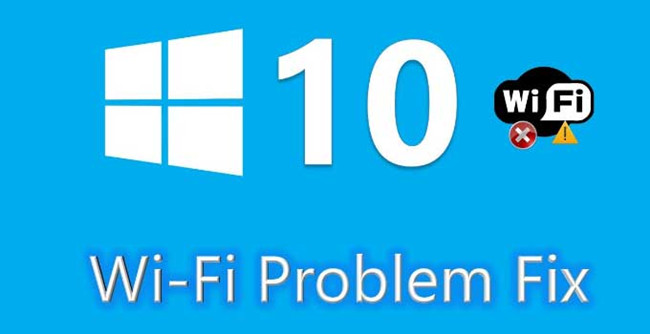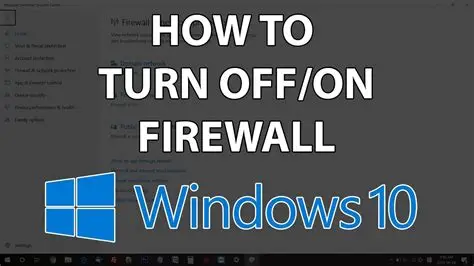Scheduling your Windows PC to shut down automatically can come in handy in many situations. Whether you want your computer to turn off after a big download finishes, set limits for kids, or just save energy when you know you won’t be using it, Windows has built-in ways to do this—no extra software needed. Here’s a simple guide to the best methods.
Why Schedule Automatic Shutdown?
Some good reasons include:
- Save energy: Prevent your PC from running all night or when idle.
- Finish tasks: Let downloads, updates, or scans complete, then shut down safely.
- Parental controls: Set a computer bedtime.
- System health: Regular shutdowns help keep things fresh.
- Convenience: Automate the process and never forget to power off.
Method 1: Quick One-Time Shutdown Using Run Dialog
If you want your PC to shut down after a set time just once, this is the fastest way.
- Press Windows key + R to open the Run box.
- Type:
shutdown -s -t XXXX
Replace XXXX with the seconds before shutdown. For example, 3600 means one hour. - Press Enter or click OK.
- You’ll see a notification that Windows will shut down in that time.
Cancel Shutdown:
If you change your mind, open Run again and type:
shutdown -a
Then press Enter to abort the shutdown.
Method 2: Scheduled Shutdown Using Task Scheduler
For more control—like shutting down daily at a set time—Task Scheduler is the way to go.
- Open Task Scheduler:
- Search for it in the Start menu or press Windows key + R, type taskschd.msc, and press Enter.
- Click Create Basic Task on the right.
- Give it a name like “Daily Shutdown” and optionally add a description.
- Choose a trigger (when to start): daily, weekly, one-time, etc.
- Set the time and recurrence details.
- Select the action Start a program.
- For the program/script, type: shutdown
- For arguments, enter: -s -t 60 (for a 60-second warning before shutdown) or just -s for immediate shutdown.
- Review your task and check “Open the Properties dialog when I click Finish” for more options, then click Finish.
- In Properties, you can tweak:
- Run whether user is logged on or not
- Run with highest privileges
- Set conditions like only on AC power
- Save changes. You might need to enter your password.
To disable or delete the task:
Open Task Scheduler, find your task under Task Scheduler Library, right-click it, and choose Disable or Delete.
Method 3: Create a Desktop Shortcut for Shutdown
If you want quick access to a timed shutdown without typing commands every time:
- Right-click on your desktop, choose New > Shortcut.
- Enter:
shutdown.exe -s -t 3600 (replace 3600 with your desired seconds). - Name the shortcut (e.g., “Shutdown in 1 Hour”).
- Click Finish.
- Double-clicking this shortcut will schedule a shutdown with the specified delay.
Cancel a shutdown started this way:
Run shutdown -a from Run or Command Prompt.
Which Method to Use?
- One-time quick shutdown: Use Method 1 with Run.
- Scheduled or recurring shutdown: Method 2 with Task Scheduler is best.
- Easy repeated access: Create a shortcut via Method 3.
By using these built-in Windows tools, you can automate shutting down your PC easily and save yourself time and energy.





